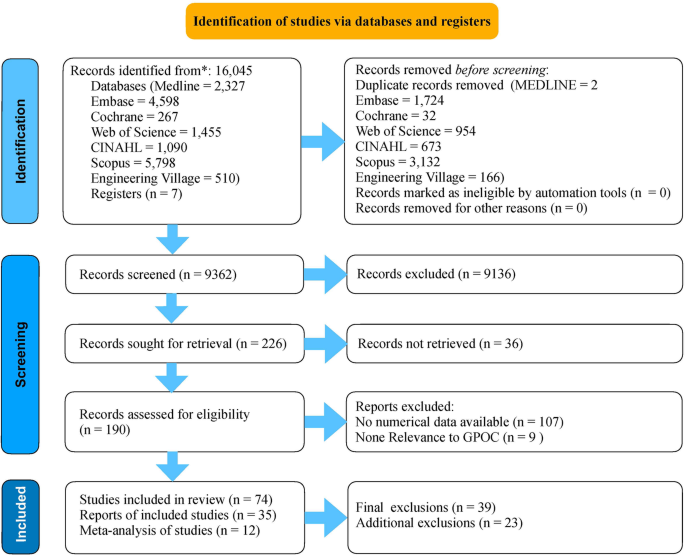2024-04-26 カリフォルニア大学リバーサイド校(UCR)
<関連情報>
- https://news.ucr.edu/articles/2024/04/26/location-location-location
- https://www.sciencedirect.com/science/article/pii/S0277953624001801?via%3Dihub
米国とメキシコの国境を越えてケアを求める: 喘息または呼吸困難の子どもを持つラテン系およびメキシコ先住民の介護者の経験 Seeking care across the US-Mexico border: The experiences of Latinx and Indigenous Mexican caregivers of children with asthma or respiratory distress
Gabriela Ortiz, Sophia Rodriguez, María Pozar, Ashley Moran, Ann Cheney
Social Science & Medicine Available online:6 March 2024
DOI:https://doi.org/10.1016/j.socscimed.2024.116736

Highlights
- Municipal unincorporation contributes to health disparities among Latinx families in US-Mexico borderlands.
- Latinx children in colonias are disproportionately exposed to environmental toxins.
- Geography acts as a structural determinant of health for Latinx families in colonias.
- A binational approach to health services should be prioritized for families in the borderlands.
Abstract
Background
Many Latinx and Indigenous Mexican populations in the United States Southwest live in unincorporated communities in the US-Mexico borderlands called colonias. These environmental justice communities often lack basic infrastructure, including healthcare services, prompting many to seek services across the border. However, due to geopolitical factors more vulnerable caregivers are limited to utilize healthcare services in the US. This paper reports the experiences and healthcare decision-making of caregivers living in colonias in the US-Mexico border region who care for children with respiratory health conditions.
Methods
This study was carried out from September to December 2020. Focus groups and interviews were conducted with Latinx and Indigenous Mexican caregivers of children with asthma or respiratory distress. Qualitative interviews elicited caregivers’ perspectives on the environmental factors affecting children’s chronic health conditions and use of healthcare services. The analysis employed the concept of structure vulnerability to theorize geography as a structural determinant of health for caregivers faced with making healthcare decisions for their suffering from respiratory health conditions. A survey was administered to collect basic sociodemographic information.
Results
A total of 36 caregivers participated in the study. Structural factors including unincorporated community status and government inaction intersected with social determinants of health to prompt caregivers to cross the US-Mexico border to access healthcare services in Mexico for their children. Yet, more vulnerable caregivers (i.e., those without documentation status in the US) and their children, accessing healthcare services in the US was not an option limiting caregivers’ ability to meet their children’s healthcare needs. In such cases, geography acts as a structural determinant of health.
Conclusion
This study shows the importance of geography in health. Rural unincorporated colonias located in the borderlands are precariously located and lack basic critical infrastructure including healthcare access. Within such places, historically and socially marginalized populations become invisible, are subject to the health effects of environmental hazards, and are limited depending on their positionality and thus vulnerability to healthcare services.


